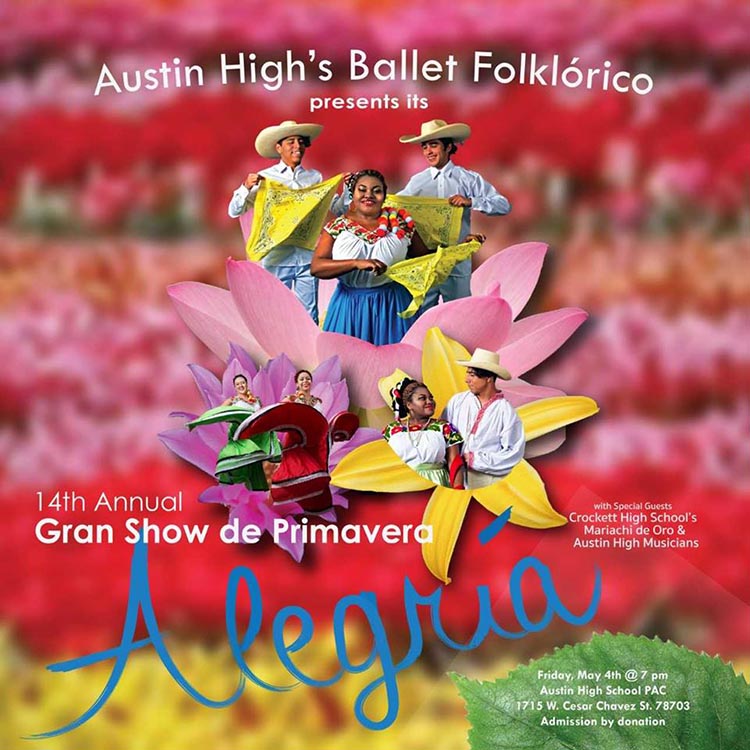Media Monday: Read it. Watch it. Talk about it. 6 book-to-screen adaptations for the family coming this fall
/I don’t know about you, but once we got beyond Barbenheimer, late summer felt a little lacking in large- or small-screen excitement. But for family viewing, some good news is on the way this fall, with a lot of acclaimed Tween and YA books making their way onto screens of all sizes. Here’s a roundup of a few of the best that have just arrived or will be arriving before the December holidays. We’ve linked to reviews of the books since reviews of the on-screen versions are not yet available in most cases.
September
The Wonderful Story of Henry Sugar (short film, on Netflix, September 27) is one of four short stories by Roald Dahl adapted for the screen in a unique way by director Wes Anderson, whose adaptation of “The Fantastic Mr. Fox” was a hit with parents and kids over a decade ago. Anderson is following up Henry Sugar with adaptations of Dahl’s stories “The Swan,” “The Rat Catcher,” and “Poison,” also premiering on Netflix on September 28, 29, and 30. In each one, the actors will read the author’s words and act them out. Voldemort himself, Ralph Fiennes, plays Dahl.
October
Goosebumps (TV series, on Disney+ and Hulu, October 13) is based on the beloved series of horror-mystery books for tweens by R. L. Stine. Kids are the heroes of each book, and they inevitably triumph over whatever ghost or monster or freaky situation they face. The suspense and scares could be too much for those younger than age 8 or 9, so parents should assess their own kids’ tolerance.
November
All the Light We Cannot See (TV series, on Netflix, November 2) is based on a Pulitzer-Prize-winning novel. Although it is not technically a YA book, its two protagonists are both teens—a sightless young French girl separated from her devoted father and a German orphan boy-turned-soldier—who form an unlikely connection during World War II. Teens interested in historical and family dramas will appreciate the beautiful and intense story of the characters’ struggles during the Nazi occupation of France.
Scott Pilgrim Takes Off (TV Series, on Netflix, November 17) is an anime series for teens based on the graphic novels by David Lee O’Malley. Protagonist Scott Pilgrim is a twenty-something Canadian musician who woos his potential girlfriend, Ramona, by battling her “evil exes.” Many of the characters in the series are voiced by actors from the 2010 movie.
Ballad of Songbirds and Snakes (in theaters, November 17) is a live-action movie prequel to Suzanne Collins’s wildly successful books and films that began with The Hunger Games. The story takes readers and viewers back to the 10th Hunger Games, in which future President Snow competes. Definitely only for teens (and parents) who aren’t disturbed by the graphic violence typical of the franchise.
December
Percy Jackson and the Olympians (TV Series, on Disney+, December 20), Texan Rick Riordan’s epic series of books, is getting the big-budget treatment in an initial season of 8 episodes. Young Percy has to come to terms with both his ADHD and dyslexia and his amazing powers as a demi-god, the son of sea god Poseidon and a mortal woman named Sally.
Shelley Sperry | Sperry Editorial

















